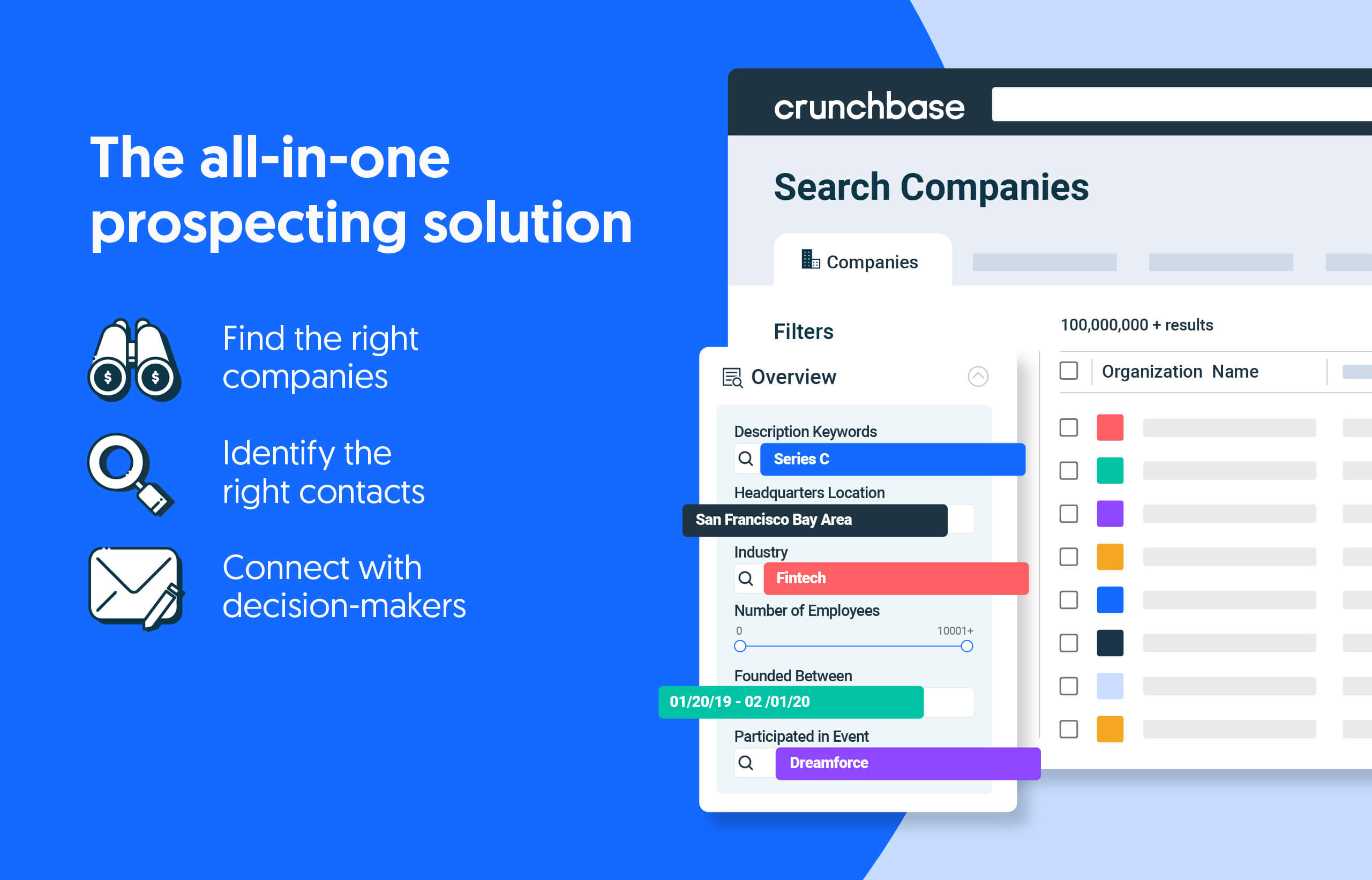Editor’s Note: This analysis is based on Crunchbase’s list of startups in the content creator space and focused on tools and platforms for independent content creators. It doesn’t include crypto companies or NFT marketplaces. For more on our data methodology for this story, head here.
Tejas Hullur had been posting regularly on TikTok for about eight months before he partnered with a company for his first brand deal.
Venmo reached out to Hullur, who creates videos about ways to make money online and how creators build careers online, in April 2021 and asked for his rate. The payments giant wasn’t the first brand to contact Hullur, but it was the first partnership he wanted to do, and he was unsure of his rate. Venmo offered $1,000, and he negotiated it up to $1,500.
That deal marked a turning point: Now Hullur was not just a business, but a creator.
“When I got word of that first brand deal that was $1,500, I was like, ‘Oh my gosh,’ ” Hullur said. “I was like, ‘OK, I’m going to get this done, I’m going to continue, and I’m going to see what else comes my way.’ ”
Search less. Close more.
Grow your revenue with all-in-one prospecting solutions powered by the leader in private-company data.
Hullur has amassed more than a half-million followers on TikTok, where his content offers a behind-the-scenes view of the life and career of an online creator. He formed a limited liability company, produces content for clients, teaches courses and consults for businesses. In other words, he’s a business unto himself.
Hullur is one of an estimated 50 million people who consider themselves creators, and among the growing crop who successfully monetize their audiences as part of the so-called “creator economy.”
Loosely, the creator economy encapsulates the industry of people who create online content and make money off of it, independent of a third-party brand. That could mean posting dance videos on TikTok and getting sponsorship deals, reviewing beauty products on YouTube, or writing about current events for paying subscribers on Substack.
“The beauty of this industry is there’s no textbook to it,” Hullur said. “It’s a blank canvas and it’s being built out in this moment.”
VCs move in
Increasingly, venture capitalists are also backing the creator economy: not by investing in the creators themselves, typically, but rather in the fast-growing industry of services that cater to those creators, from specialized credit cards to business management tools.
Funding to venture-backed startups focused on content creators so far this year has reached $637 million, putting it on pace to surpass last year’s record by far, according to Crunchbase data. Funding to VC-backed creator economy companies in 2021 was $939 million—double 2020 levels.
“For the first time ever, you have people who can make a living creating this content for other people, and finding ways to support themselves too,” said Eric Wei, co-founder of Karat Financial, a startup best known for its credit card for content creators. “So I think for VCs they’re thinking, ‘Oh here’s a new business type that’s forming.’ And every business has to go through challenges of how do you get customers, how do you monetize customers, how do you support and scale those operations?”
What is the creator economy?
The way we see it, the industry surrounding the creator economy can be loosely categorized into three buckets: the platforms, the payment tools, and the operations systems.
Platforms are typically social media companies like TikTok, YouTube or Instagram, where creators publish their content and build and reach their audiences.
Once a creator has enough of an audience, they typically start monetizing. Once you start making money, you’re a business. A crop of startups has developed payments tools specifically for people who monetize their online content. Companies in this category include Patreon and Creative Juice.
Lastly, there are companies that help with the operations of being a creator, like marketing and payroll. One example of that is Monet, which focuses on the “finances and back office of the creator economy.”
“One of the biggest pieces that was important for me to understand where we’re headed with this is that creators are the future small business,” said Adams Conrad, a principal at QED Investors who has invested in companies like Stem Disintermedia. “And small business is the foundation of the U.S. economy.”
Timing is key
People making money off YouTube videos or influencers landing lucrative sponsorship deals on Instagram is nothing new. But the idea of the “creator economy” as an industry that could be backed by institutional capital really gained traction among venture capitalists in 2020, when the COVID-19 pandemic hit and everyone turned online.
There wasn’t one event that got VCs to start investing in the creator economy. However, data coming out about TikTok’s engagement was certainly a factor. For Conrad personally, “there was a striking interview around, I believe it was around kindergarten or elementary school students who were more excited to be YouTubers than astronauts.”
The timing of TikTok’s popularity alongside the pandemic created a slew of new creators, and advertisers took notice too. As Hullur points out, advertisers could get more data from social media than traditional advertising, including the number of views, qualitative data from comments, and conversions from links.
In the wake of TikTok’s success, a number of other creator platforms have also formed and raised funding. Social audio app Clubhouse has raised $110 million since it was founded, and paved the way for some users to sign with major talent agencies. Other social media platforms including BeReal, Poparazzi, and Dispo, which was founded by creator David Dobrik, were also founded in the past two years and have attracted funding from VCs.
Opportunities for investment
Creator economy opportunities are tied to what creators care about the most, which is what will help them produce content.
No. 1 is, “anything that helps you make more money,” according to Wei of Karat Financial.
One of the most popular areas is content monetization, an area with a growing number of companies competing in it. Wei believes the company that comes out on top will be the one that executes best to do that.
There’s also a need for tools that take other aspects of running a business off a creator’s plate. For instance running payroll, managing revenue, hiring employees, and so on. Pretty much any SaaS payment tool that a small or medium-sized business finds helpful could be replicated and tailored for creators, Conrad said.
“The best creators realize what they like to do and they (delegate) out the things they aren’t as good at,” Hullur said.
Some of the companies in the space that have raised money include Karat, Pico and Earnr.
Attention on the creator economy has typically been focused on the creators with the biggest followings. Those are people like Charli D’Amelio or Addison Rae who shot to fame doing dance videos on TikTok. Now they rake in millions from brand deals, partnerships, TV shows and movies.
But there’s a big opportunity for investment in tools to support what’s known as the creator “middle class,” or people who make $50,000 or less from their content, according to Hullur.
There are micro communities on platforms like TikTok and YouTube, Hullur pointed out.
“Everyone right now is trying to build for creators but creators to me are just entrepreneurs,” Hullur said.
Crunchbase Queries Used In This Article
Methodology
We included funding to venture-backed companies globally that were tagged under “content creator” in the Crunchbase database. For funding to fintech companies focused on the creator economy, we included venture-backed companies in the financial services sector that included “creator,” “influencer,” or “musician” in their Crunchbase descriptions. We did not include crypto companies or NFT marketplaces in this dataset.
Illustration: Dom Guzman

Stay up to date with recent funding rounds, acquisitions, and more with the Crunchbase Daily.






![Illustration of "clicking" on an AI brain {Dom Guzman]](https://news.crunchbase.com/wp-content/uploads/AI_Brain-470x352.jpg)
![Illustration of a guy watering plants with a blocked hose - Global [Dom Guzman]](https://news.crunchbase.com/wp-content/uploads/quarterly-global-3-300x168.jpg)
67.1K Followers